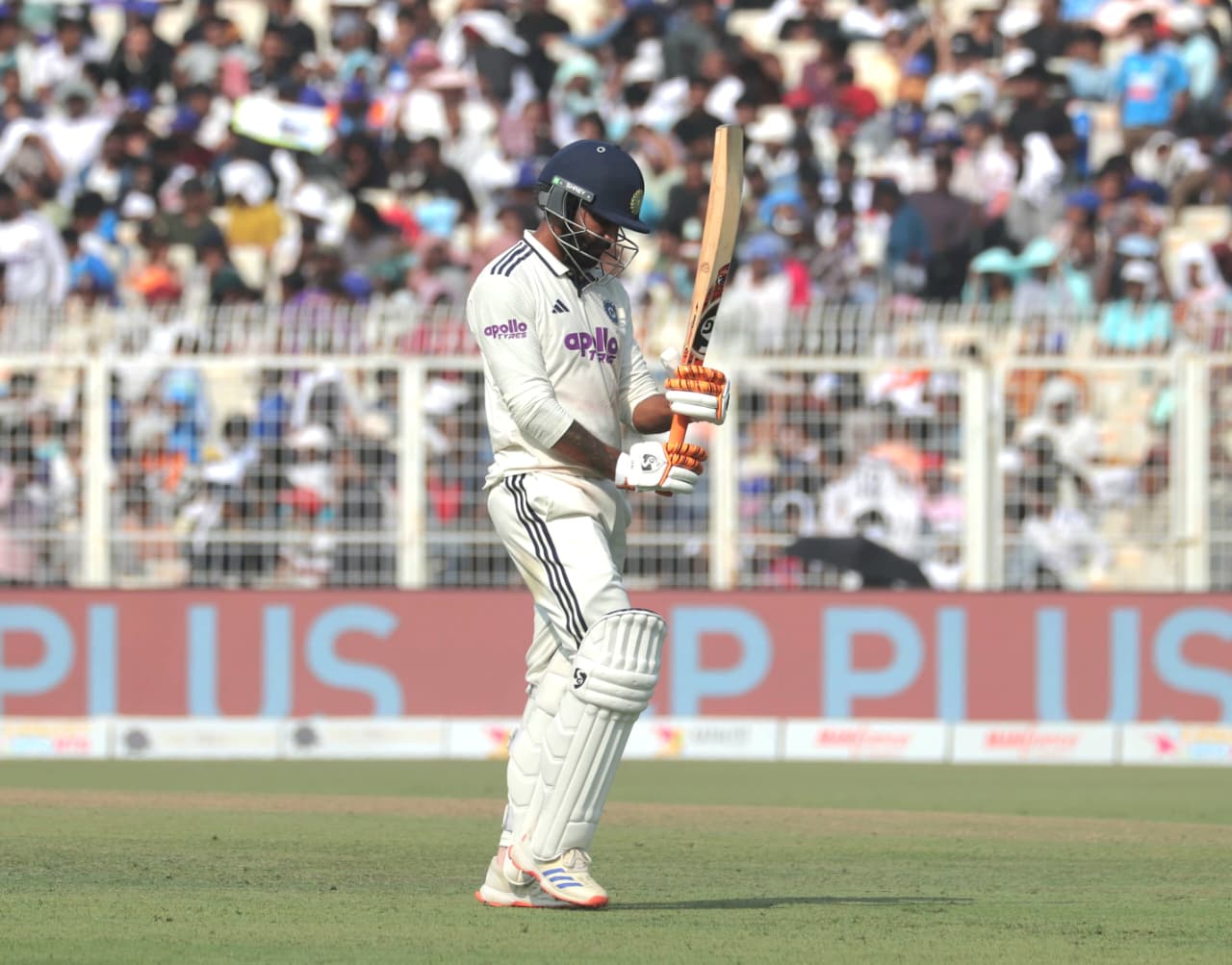“If Test cricket is now just a WTC points scavenger hunt, we might as well read the obituary. And with surfaces like these, the game isn’t dying — it’s politely being escorted to its grave,” wrote former first-class cricketer Shishir Hattangadi on X. India’s 30-run defeat to South Africa has left a queasy aftertaste – not because the home side lost, but because of how. A surface that misbehaved from almost the first session, 40 wickets tumbling, just one fifty in the match, and legends of the game criticising the wicket have all made headlines.
So does brand Test cricket take a hit after weeks like this? The uncomfortable answer: not from one match, but from a trend. And right now, that trend is worrying.
What has long made the modern five-day format special is the promise of a narrative arc: time for skills to unfold, for momentum swings, for fourth-innings epics. That compact epic is now under threat. ESPNcricinfo’s longitudinal data shows that since 2020, fewer than 20% of Tests have reached a fifth day; the proportion finishing in two or three days has risen significantly compared to 1980–2019. One analysis notes that three-day (or shorter) Tests have increased from roughly 14% of matches historically to over 20% in recent years.
Results are great; no one wants the dead, listless draws of the 1990s. But when games routinely end before spectators even reach their day-four seats, the value proposition begins to crack. What happened in Kolkata sits squarely in that danger zone. With WTC points at stake and draws heavily penalised, captains and boards everywhere are gravitating toward “result at all costs” conditions.
The public sees the end product, not the nuance: a marquee India–South Africa Test reduced to something close to a caricature. From a brand point of view, that’s damaging. Fans will tolerate extremes occasionally — Cape Town 2018 or Ahmedabad 2021 are still debated but remembered as outliers. But when every second headline reads “another three-day minefield”, you begin to look less like the pinnacle of the sport and more like a high-priced lottery.
Here’s the paradox: when the cricket is good, Test viewership is booming. India’s home Tests against England earlier in the WTC cycle broke streaming records on JioCinema/Hotstar, with the first Test alone peaking at nearly 90 million digital viewers. The message is clear: when you offer competitive series, plausible fourth-innings chases, and a sense of context, fans will find the time — even in a T20 world. What hurts the brand isn’t the format itself. It’s the perception shaped by moments like Kolkata, which become an easy narrative hook: “Why bother with Tests if this is what we get?”
If Eden has shown anything, it’s that saving Test cricket isn’t about gimmicks like four-day matches. It’s about doubling down on quality. The ICC already has a pitch rating system, but the bar for sanctions needs to be clearer and stricter. There is perhaps a case for neutral pitch consultants to sign off on surfaces in at least high-profile series. Ticket vouchers for day-four or day-five holders when a Test doesn’t reach 250–300 overs, dynamic pricing that recognises weekday versus weekend sessions, and better in-stadium experiences on truncated days all signal to fans: “We respect your investment.”
Kolkata will not kill Test cricket. The format has survived timeless Tests, uncovered pitches, rest-day Sundays, and rebel tours. What Eden should be is a flashing red light. Fans are telling you what they want: jeopardy, not gimmicks; skill, not roulette. The brand doesn’t suffer because a game ends in three days. It suffers when, walking out of Eden Gardens, a young fan feels he didn’t watch the best of bat and ball – only two teams trying to survive a bad strip.
For more updates, follow the Revsportz app.


